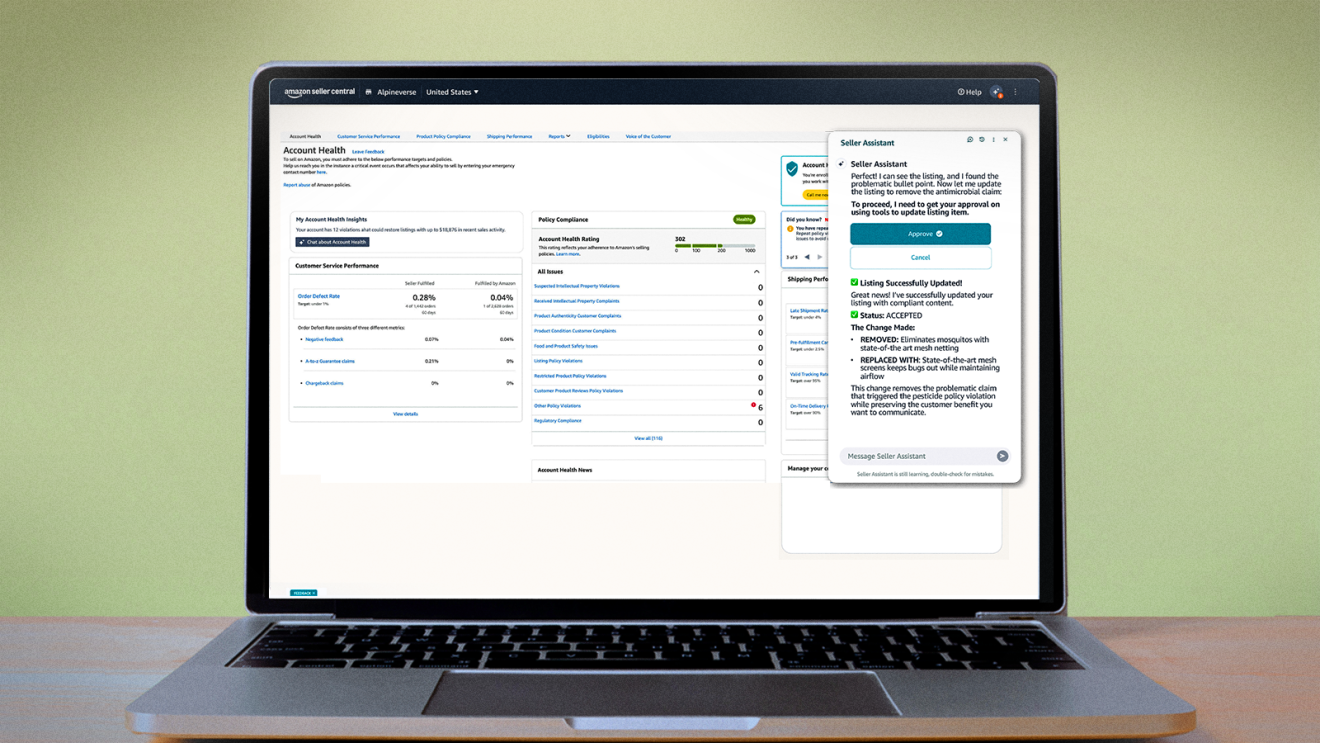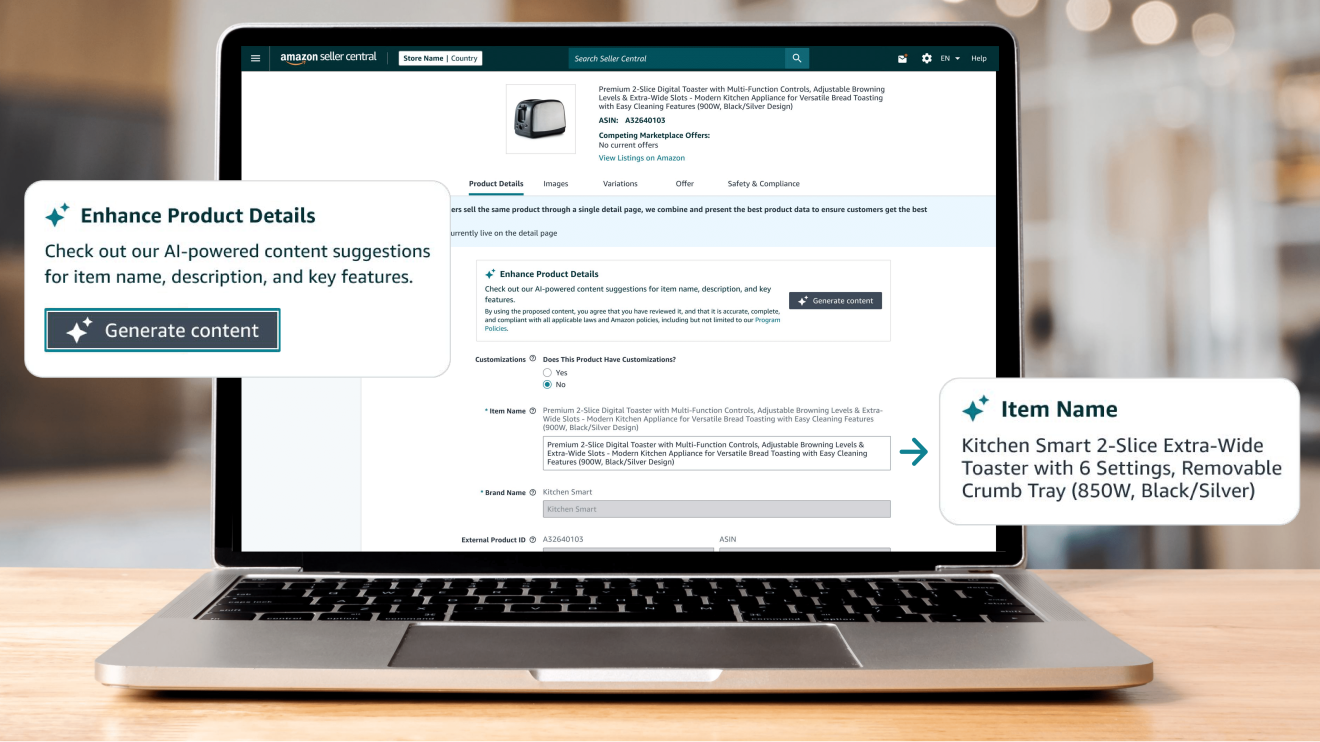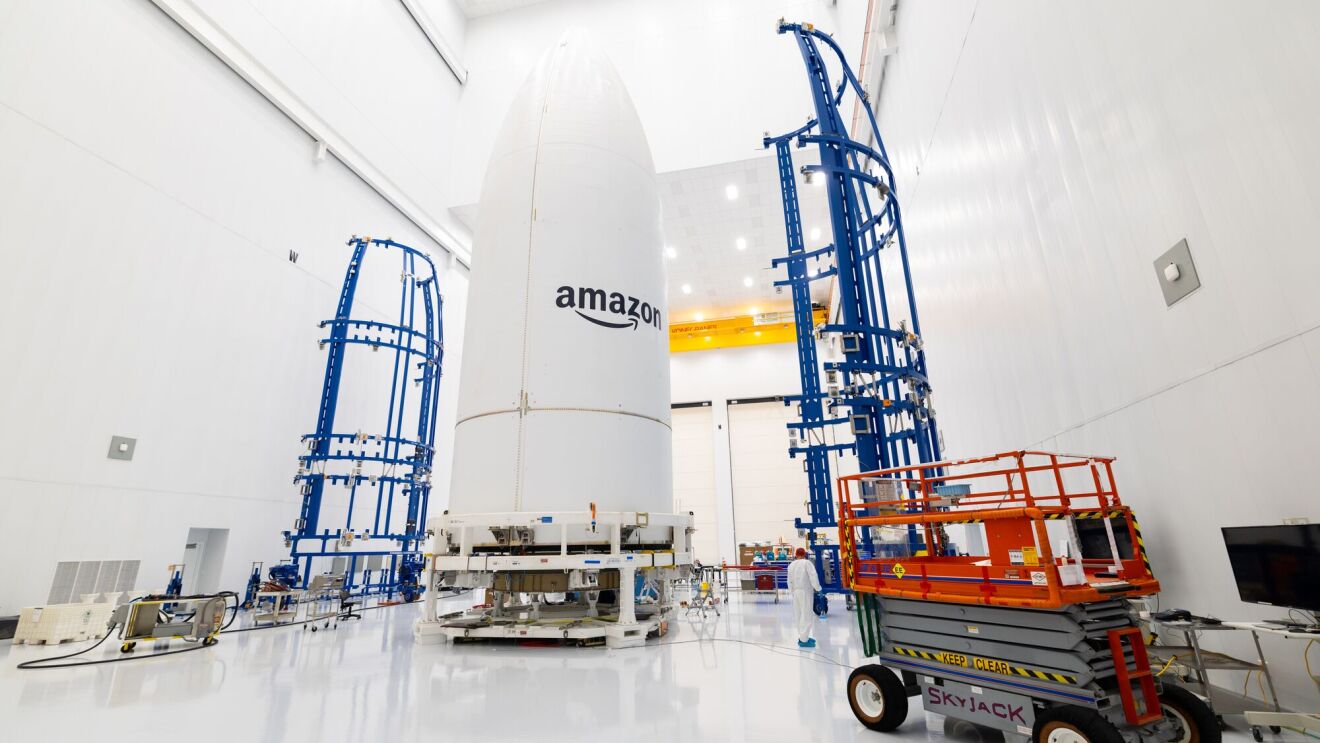Project Kuiper, Amazon’s low Earth orbit (LEO) satellite broadband initiative, is preparing to put its first two satellites into space during its “Protoflight” mission. The prototype satellites—KuiperSat-1 and KuiperSat-2—are the first iterations of more than 3,200 satellites Project Kuiper plans to manufacture and deploy over the next six years.
While just one milestone in the development and test phase of the project, Protoflight is an important learning opportunity for the team. The series of tests will add real-world data from space to years of data collected from lab and field testing, providing additional insight into how the end-to-end Project Kuiper network performs across ground and space. It is also a chance to trial our mission procedures for satellite processing, launch, and mission operations.
“We’ve done extensive testing here in our lab and have a high degree of confidence in our satellite design, but there’s no substitute for on-orbit testing,” said Rajeev Badyal, Project Kuiper’s vice president of technology. “This is Amazon’s first time putting satellites into space, and we’re going to learn an incredible amount regardless of how the mission unfolds.”
Testing the network
 The Centaur upper stage will sit atop the first stage of the United Launch Alliance Atlas V rocket that will carry Project Kuiper's prototype satellites to space.Photo by United Launch Alliance
The Centaur upper stage will sit atop the first stage of the United Launch Alliance Atlas V rocket that will carry Project Kuiper's prototype satellites to space.Photo by United Launch AllianceThe Kuiper System includes three key elements: advanced LEO broadband satellites; small, affordable customer terminals; and a secure, resilient ground-based communications network. The Protoflight mission will test all three parts, along with the teams and systems that manage them.
To start, our satellites will travel to space on an Atlas V rocket from United Launch Alliance (ULA) where ULA will deploy them at an altitude of 311 miles (500 kilometers). From that point, we’ll begin testing various systems and subsystems on board. For example, we’ll use telemetry, tracking, and communications (TT&C) stations to establish first contact with the satellites; deploy solar arrays to generate power; and confirm onboard electronics are operating nominally within acceptable power and temperature ranges.
On the ground, we will test our advanced networking hardware and software to refine how they support the flow of data through the Kuiper System and AWS. Gateway antennas positioned around the world will track and communicate with the satellites and also connect the Kuiper System to the internet. As the mission progresses, we will test the network from end to end, sending data back and forth between the internet, our ground gateways, the satellites, and our customer terminals.
 An Atlas V rocket from United Launch Alliance will carry Project Kuiper’s prototype satellites to space.Photo by United Launch Alliance
An Atlas V rocket from United Launch Alliance will carry Project Kuiper’s prototype satellites to space.Photo by United Launch AllianceAt the end of the mission, we plan to actively deorbit both satellites before they ultimately burn up in the Earth’s atmosphere—part of our commitment to space safety.
Preparing for satellite manufacturing
Amazon engineered the Kuiper System to allow for continuous improvement, giving us the agility to begin satellite production in parallel to the Protoflight mission. We will apply learnings from the mission to help refine our hardware, software, and infrastructure. Our first production satellites are on track for launch in the first half of 2024, and we expect to be in beta testing with early commercial customers by the end of 2024.
“I’m proud of the entire Project Kuiper team for getting us to this point and grateful for their contributions,” said Badyal. “The hard work that goes into building a new space system from scratch is tremendous, but this team has dedicated themselves to the goal of delivering affordable broadband to those who need it.”
To learn more about the launch, follow ULA on their website and on YouTube. Learn more about Project Kuiper.











